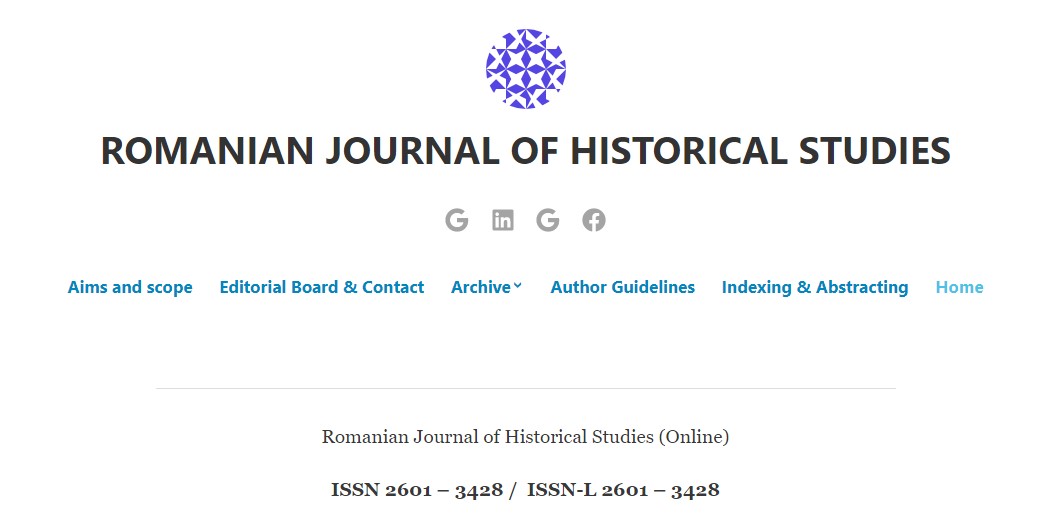TRADITIONAL INSTITUTIONS AND ECONOMIC CHANGE IN COLONIAL ESANLAND, NIGERIA
TRADITIONAL INSTITUTIONS AND ECONOMIC CHANGE IN COLONIAL ESANLAND, NIGERIA
Author(s): Williams Ehizuwa Orukpe, Samuel Ovuete AghalinoSubject(s): History, National Economy, Economic history, Political history, Recent History (1900 till today), Economic policy
Published by: Ovidius University Press
Keywords: Esanland; British Colonialism; Economic Change; Nigeria;
Summary/Abstract: Traditional political institutions were adequately exploited as economic stakeholders in colonial Esanland. Through the indirect rule system, the colonial authorities incorporated traditional rulers into the inner workings of the colonial economy. This repositioning and reconstitution of Esan traditional rulers as critical economic players engendered the participation theory of rural development/exploitation. However, the economic mainstreaming of traditional institutions paved the way for the effective British exploitation of Esan raw materials, labour and capital than development. Hence, this paper examines British redeployment of Esan traditional rulers as its economic agents of change in colonial Esanland as a fitting rural resources exploitation and development model in Nigeria. Using the historical research method and the qualitative and quantitative methods of data analysis, it problematised traditional institutions and economic change. It finds that in precolonial Esan, traditional institutions were mainly the political steering wheel of the society. They commanded respect, were protected by customary laws and sustained by tributes that enabled them to be economically detached. But under colonial rule, they were redeployed as vital instruments for actualising the British economic interest. The paper concluded that the usefulness of traditional institutions in driving economic change is a colonial revelation Nigeria cannot afford to overlook.
Journal: Romanian Journal of Historical Studies
- Issue Year: V/2022
- Issue No: 1-2
- Page Range: 33-46
- Page Count: 14
- Language: English

